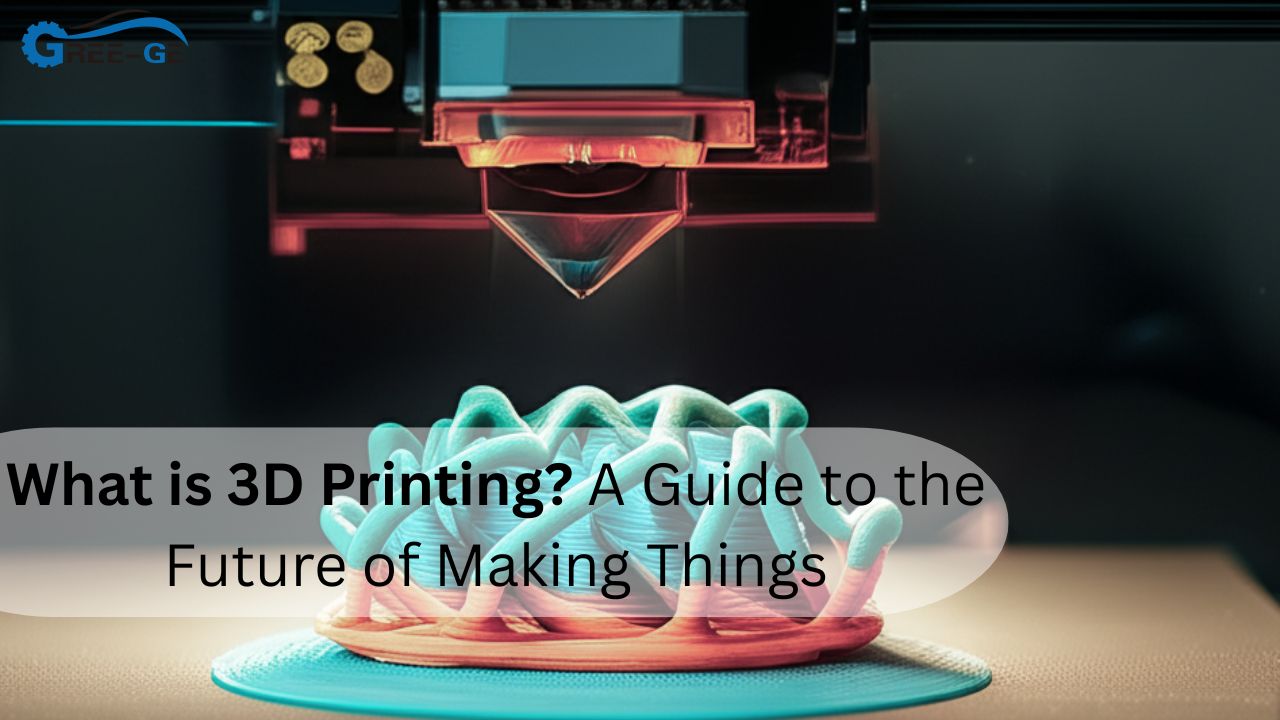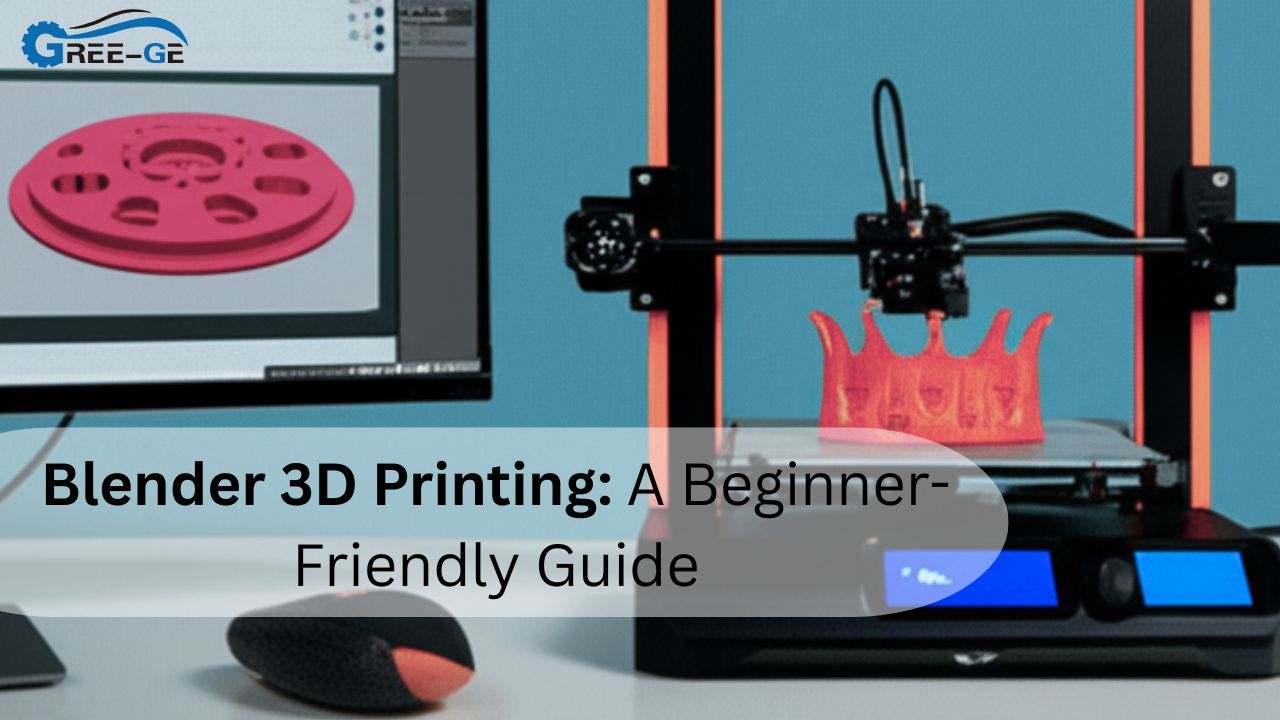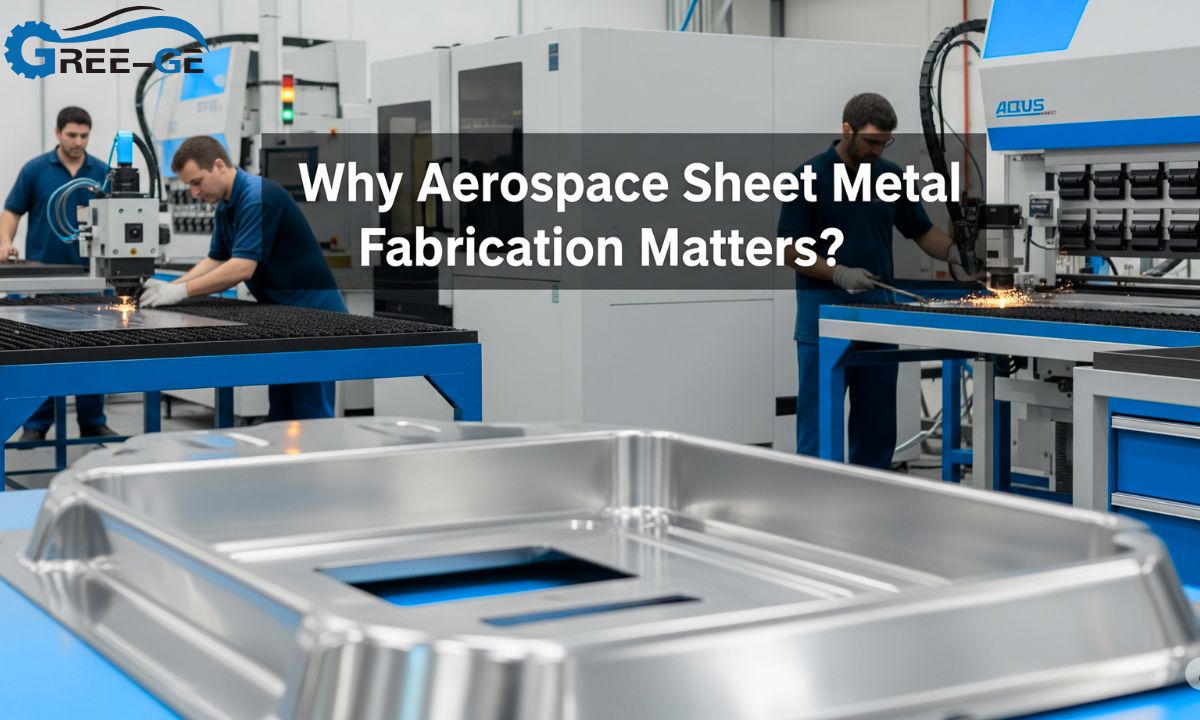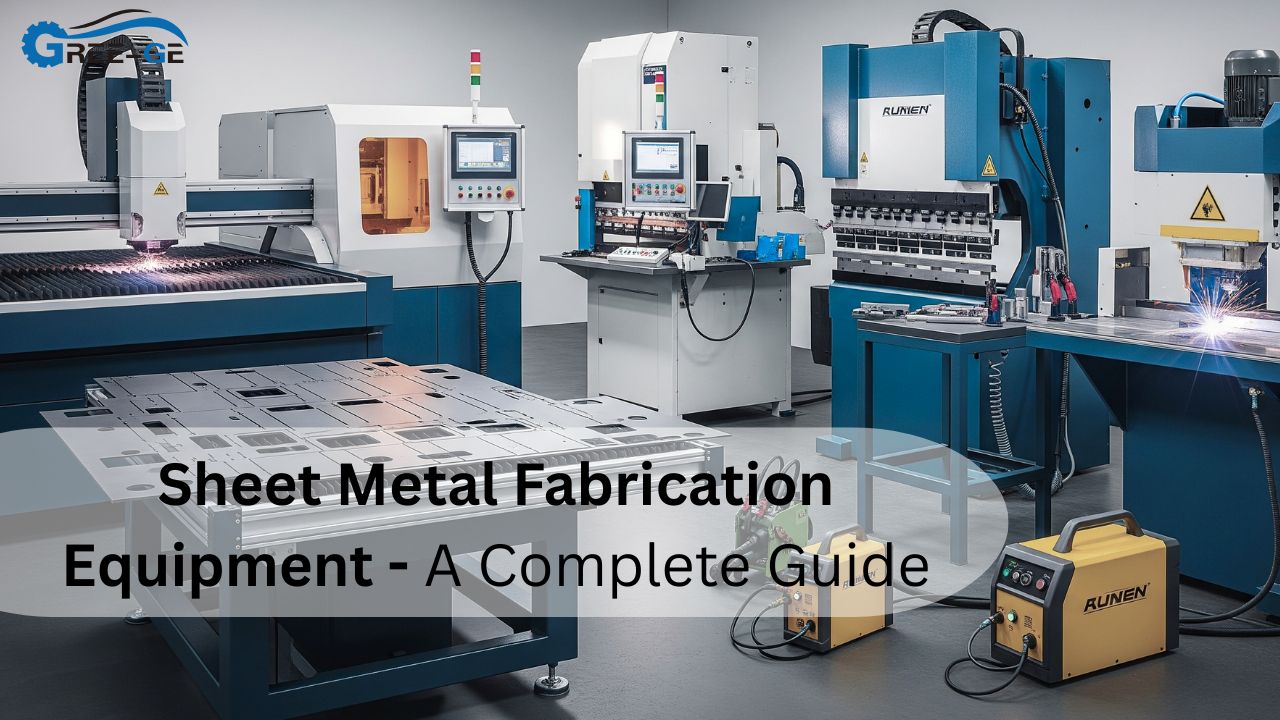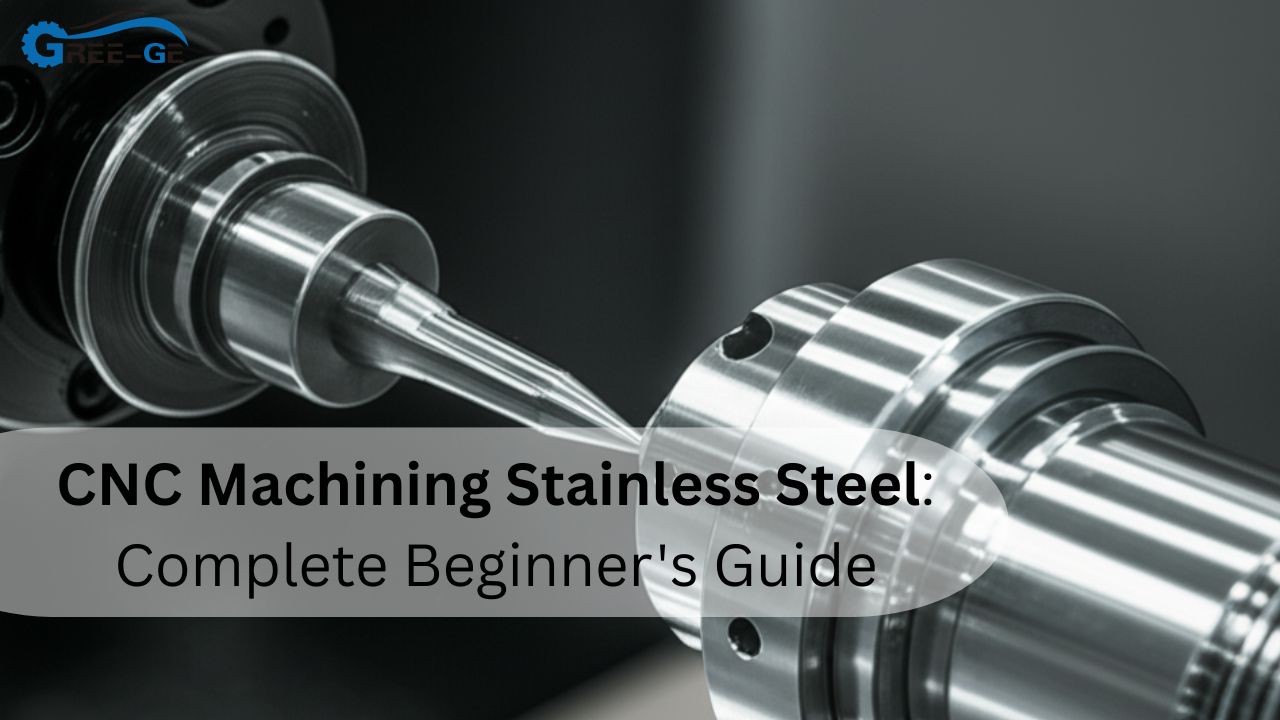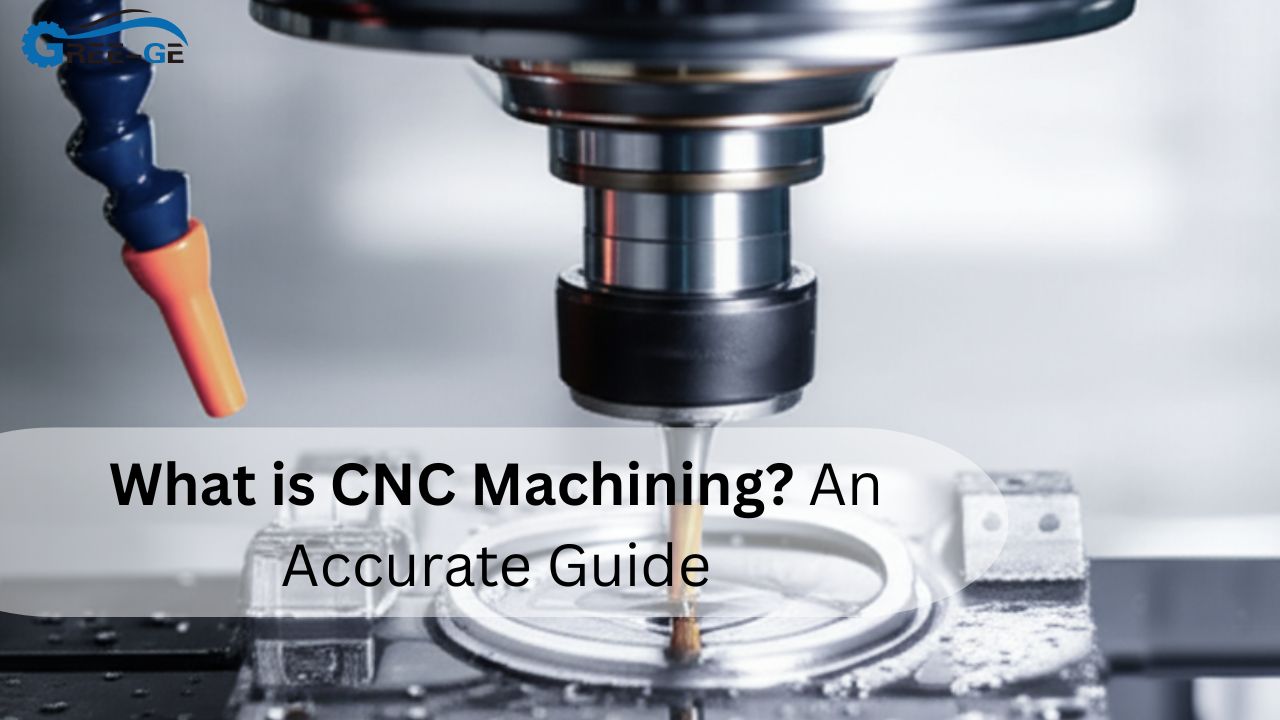The 3D printing has transformed the process of part manufacturing. It is quick, cheap and perfect in prototyping. However, you require the correct tolerances to get correct results. Tolerancing for 3D printing refers to how the dimensions of a part would be adjusted so that a part would fit with others upon printing. This blog describes tolerancing in simple words. We will also explore plastic 3D printing, metal 3D printing, as well as HP Multi Jet Fusion. This guide will make you get better results whether you are a beginner or a pro.
What Is Tolerancing for 3D Printing?
Tolerancing is the allowed difference between the design size and the printed size. No 3D printer is perfect. So, we set a small range in which sizes can vary. For example, if you design a hole to be 10mm, it might print as 9.8mm or 10.2mm. Tolerancing ensures that parts still fit and work, even with small changes like this.
Why Tolerancing for 3D Printing Matters
Without the right tolerances, parts won’t fit. A peg might be too tight, or a lid might not close. This leads to waste and frustration. That’s why tolerancing for 3D printing is so important. Tolerances help you:
- Avoid assembly issues
- Ensure consistent results
- Reduce trial-and-error
- Save time and material
Plastic and metal behave differently. So, the tolerance value changes depending on the material and printing method.
Types of Fits in 3D Printing
There are three common types of fits:
- Clearance Fit: Loose fit for easy movement (e.g., lid on a box)
- Interference Fit: Tight fit that needs force to assemble (e.g., press-fit gears)
- Transition Fit: In-between fit with slight resistance
Choosing the right type of fit depends on your design and purpose.
Recommended Tolerances by Material and Printer
The table below shows typical tolerances used in 3D printing:
General Tolerances by Material Type
| Material | Tolerance Range | Notes |
| PLA / ABS (FDM) | ±0.2 to ±0.5 mm | Use larger gaps for parts that fit |
| Resin (SLA/DLP) | ±0.1 to ±0.2 mm | High detail, but more shrinkage |
| Nylon (MJF/SLS) | ±0.2 to ±0.3 mm | Strong but absorbs moisture |
| Metal (SLM/DMLS) | ±0.1 to ±0.2 mm | Expensive; precise; check post-process |
Tolerances may vary based on printer calibration and part geometry.
Key Factors That Affect Tolerancing
Printer Type
FDM printers are less accurate than resin or laser-based printers. Know your machine.
Material Shrinkage
Plastic 3D printing involves heating. As the part cools, it may shrink. This affects final dimensions.
Part Orientation
The way your part is placed on the print bed can change the tolerance. For example, vertical holes often print smaller than horizontal ones.
Wall Thickness
Thin walls cool faster and may deform. Keep at least 1–2mm wall thickness to stay within tolerance.
Post-Processing
Sanding, polishing, or heat treatment in metal 3D printing can reduce size slightly.
Best Practices : Tolerancing for 3D Printing
Here are some simple tips:
- For moving parts, leave at least 0.5mm gap between pieces.
- For snap fits, use 0.2mm to 0.4mm smaller pegs.
- Test-fit your design with calibration pieces.
- Design in modules. It’s easier to change small parts than the whole model.
- Avoid over-tight tolerances unless you absolutely need them.
If you’re working with a new material, always test a tolerance sample first.
Special Case: HP Multi Jet Fusion (MJF)
HP Multi Jet Fusion is a type of powder-based 3D printing. It’s often used for nylon parts. MJF prints are strong, smooth, and accurate. However, they still need tolerance adjustments.
HP MJF Tolerance Guide
| Fit Type | Gap Recommendation | Application Example |
| Loose Fit | 0.4 – 0.6 mm | Box lids, covers, outer joints |
| Sliding Fit | 0.2 – 0.4 mm | Shafts, drawers, sliding panels |
| Tight Fit | 0.1 – 0.2 mm | Press fits, pegs, snap fits |
MJF also has minimal warping, which helps improve repeatability.
Tolerancing for Plastic 3D Printing
Plastic prints are more common and affordable. However, they tend to warp or shrink more than metal parts. FDM printing is sensitive to temperature and humidity. When tolerancing for 3D printing in plastic:
- Increase hole sizes slightly
- Decrease peg sizes slightly
- Avoid parts that are too thin
- Consider layer height – finer layers are more precise
Always account for bed leveling and nozzle wear in FDM machines.
Tolerancing for Metal 3D Printing
Metal 3D printing applies such processes as SLM (Selective Laser Melting) and DMLS (Direct Metal Laser Sintering). Such printers are quite precise but also cost more.
Important tips:
- Use tighter tolerances (±0.1mm) for critical fits
- Factor in shrinkage during sintering
- Expect the need for post-machining
- Avoid thin overhangs; metal parts need support structures
Because of the cost, it’s best to simulate tolerances digitally before printing.
Common Mistakes to Avoid
Using the same tolerance for all materials
Each material reacts differently. Tailor tolerances to the material.
Ignoring printer limits
Desktop printers aren’t as accurate as industrial machines. Know your device.
Assuming perfect prints
Small changes always happen. Tolerancing for 3D printing allows your design to work despite them.
No post-processing plan
Removing supports or sanding will change sizes. Design with that in mind.
Future of Tolerancing in 3D Printing
As 3D printing improves, automatic tolerance tools may become common. Some CAD software already offers “fit” presets. AI might even adjust tolerances based on material and printer type. Until then, it’s up to designers to test and learn what works best.
Conclusion
Functional and reliable parts normally rely on tolerancing for 3D printing for extra reliability. Selecting the appropriate values of tolerances you will not make mistakes, save time and receive quality results. Whether it’s plastic 3d printing, metal 3d printing or HP multi jet fusion, you always need to test and refine your settings. Always remember to check printer specifications, test parts and make wise choices on fits. This simple guide can help you turn failed prints into perfect parts.
FAQs
What is a good tolerance for FDM 3D printing?
A good range is ±0.2 to ±0.5 mm depending on material and design.
Can I use the same tolerance for plastic and metal printing?
No, metal 3D printing usually allows tighter tolerances than plastic.
What if my parts don’t fit even after using tolerance?
Test calibration prints and check for warping or shrinkage in your material.
Tell me how someone chooses between clearance, transition, and interference fits?
Choose based on how parts interact—use clearance for movement, transition for light pressure, and interference for tight, fixed joins.
Does HP multi jet Fusion need post-processing in order to achieve tolerances?
Yes, it is common to do light post processing such as bead blasting or polishing in order to achieve greater surface finishes and reasonably tight tolerances.

